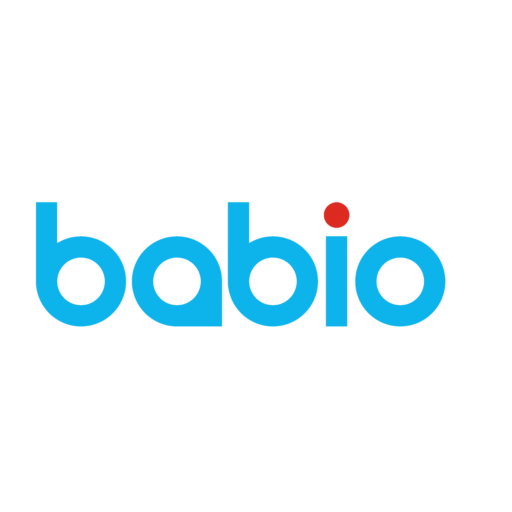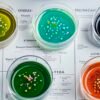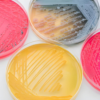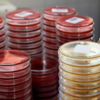
When it comes to plant tissue culture, the choice of culture medium can make or break the success of your propagation efforts. Each plant species has unique nutrient and hormonal requirements, and choosing the right medium is essential for supporting healthy growth and development. In this article, we’ll dive into the basics of plant tissue culture media, the types of media available, key factors to consider, and tips for customizing your solution to achieve optimal results.
Why Culture Medium Matters in Plant Tissue Culture
The culture medium provides essential nutrients, vitamins, growth hormones, and minerals that allow cells to grow and form new tissues. A well-chosen medium promotes faster growth, reduces the chances of contamination, and ensures that plants receive the right balance of nutrients for each growth stage. Choosing the right culture medium is essential for ensuring a successful plant tissue culture process.
Key Factors to Consider When Choosing a Culture Medium
- Plant Species Requirements
Each plant species has unique requirements that determine its growth response to a specific medium. For example, orchids require specific hormone levels compared to common vegetables, while woody plants often need media with higher nitrogen content. Researching the species’ known preferences can streamline the selection process. - Type of Explant
The explant type, whether a leaf, stem, root, or bud, affects the nutrient and hormonal requirements of the medium. Different plant parts require different hormone balances and nutrient levels for effective regeneration. - Growth Stage
The stages of plant growth—such as callus induction, shoot multiplication, root formation, and hardening—often require varying nutrient levels and growth hormones. For example, the initiation stage may need auxins to induce callus formation, while later stages might require higher cytokinin levels for shoot production. - Nutrient and Hormone Composition
Nutrient and hormone concentration is a fundamental factor in plant tissue culture. The macronutrients (nitrogen, phosphorus, potassium) and micronutrients (iron, manganese, zinc) should be carefully balanced, as excesses or deficiencies can harm tissue growth. Similarly, the balance of growth regulators like auxins and cytokinins needs to match the plant’s growth requirements for successful development. - pH Levels
The pH level of the medium should ideally be between 5.5 and 6.0, depending on the plant species. An incorrect pH can prevent plants from absorbing essential nutrients and reduce the success rate of tissue cultures.
Common Types of Plant Tissue Culture Media
Several types of plant tissue culture media are widely used in labs worldwide, each with specific nutrient compositions:
- Murashige and Skoog (MS) Medium
One of the most popular media for plant tissue culture, MS medium is rich in macronutrients and micronutrients and serves as a standard starting medium for various plant types. - Gamborg’s B5 Medium
Often used for leguminous plants, Gamborg’s B5 medium has high potassium and low ammonium levels, suitable for promoting root development. - Linsmaier and Skoog (LS) Medium
LS medium is particularly popular for promoting shoot formation and is widely used in woody plant tissue cultures. - Nitsch and Nitsch (NN) Medium
NN medium is used for anther culture and is effective in promoting pollen-derived callus formation.
Each of these media has specific compositions that cater to different plants and tissue types. Often, initial experiments involve trialing several media to find the optimal choice.
Customizing Your Culture Medium
While standard media work well for many applications, some plants require customized solutions. Adjusting the nutrient concentrations or hormone levels based on observed growth responses allows you to tailor the medium to your plant’s specific needs. Here are some tips for customizing:
- Optimize Hormone Ratios
Experiment with different ratios of auxins and cytokinins depending on the desired outcome, whether root development or shoot multiplication. - Adjust Micronutrient Levels
Increase or decrease micronutrient levels to respond to signs of nutrient deficiency or toxicity in cultures. - Experiment with Carbohydrate Sources
Sucrose is the most commonly used carbohydrate, but some plants may benefit from other sugar sources like glucose or fructose. - Fine-Tune pH
pH adjustments can be particularly useful if growth issues arise. Ensuring the medium’s pH stays within optimal levels can support nutrient absorption.
Practical Tips for Selecting the Right Medium
- Start with Established Protocols
Look for protocols that have been successfully used for your specific plant species, which can serve as a valuable starting point before any customization. - Monitor and Document
Record any changes in medium composition and observe the plant’s response over time. Documenting successful combinations can improve future cultures and enhance consistency. - Use High-Quality Reagents
Low-quality ingredients or contamination can lead to unpredictable results. Opt for high-purity reagents and sterile techniques to ensure the best outcomes.
Final Thoughts
Choosing the right culture medium is fundamental to successful plant tissue culture. With a thorough understanding of your plant’s species-specific requirements, growth stage needs, and appropriate hormone balances, you can select or customize a medium that provides optimal support. Experimentation and documentation are key to refining the best formula for your plants, ensuring a productive and successful tissue culture process.
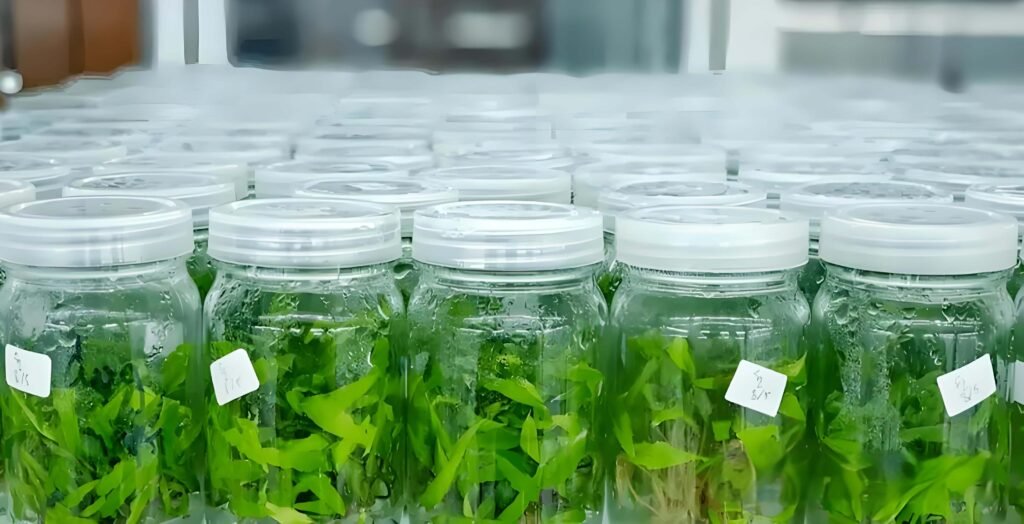
Recent Posts
- Breaking Down the Role of Culture Media in Pharmaceutical Research
- A Guide to Using Culture Media for Strict European Cosmetic Safety Compliance
- The Role of Culture Media in Ensuring Accurate Cosmetic Microbial Testing
- Transport Media and Their Role in Microbial Sample Transport
- How Culture Media Impact the Precision of Cosmetic Microbial Testing
